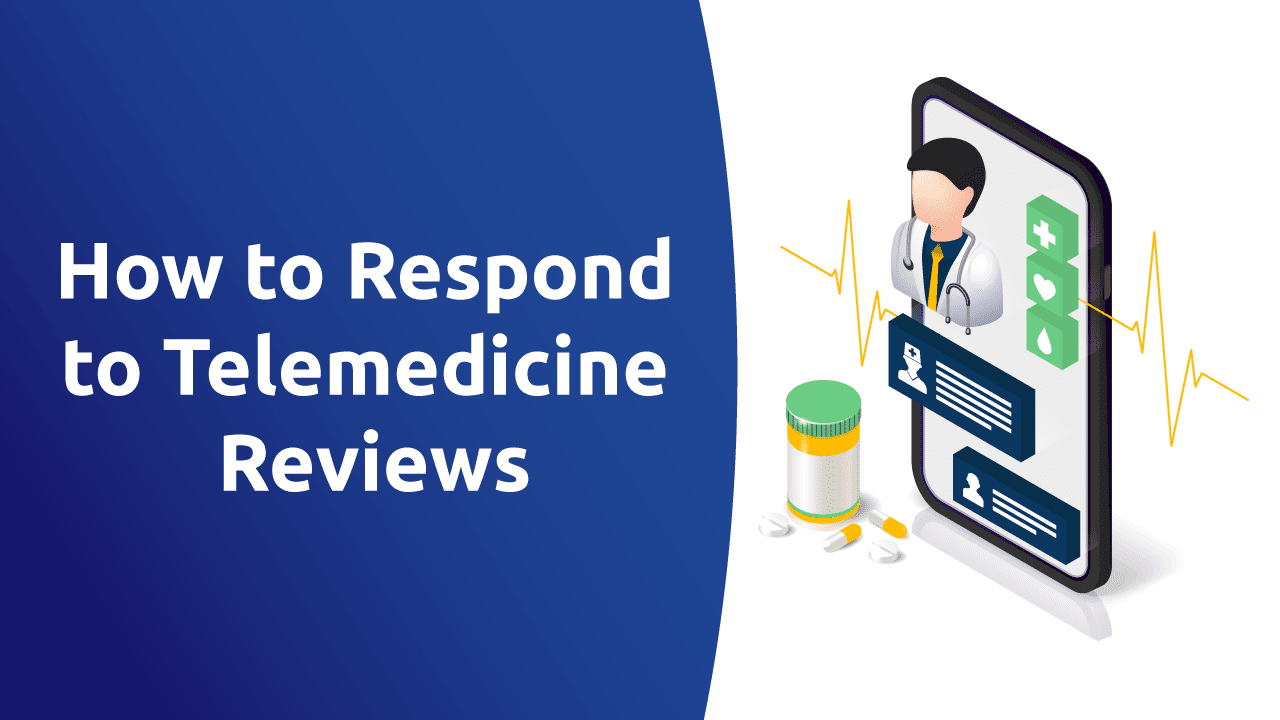Comprehensive Telemedicine Reviews: Discover the very best Choices for Remote Consultations
Comprehensive Telemedicine Reviews: Discover the very best Choices for Remote Consultations
Blog Article
Welcoming Telemedicine: Changing Health Care Shipment for a Modern Globe
As we browse an age characterized by fast digitalization and advancing client needs, the assimilation of telemedicine right into conventional medical care practices presents an engaging suggestion. In exploring the ramifications and details of embracing telemedicine, a nuanced understanding of its diverse influence on medical care delivery in the contemporary globe comes to be important.
The Development of Telemedicine
Telemedicine has actually undertaken substantial evolution over the past few decades, transforming the landscape of healthcare shipment. Conceived to bridge the void in between medical care providers and patients in remote locations, telemedicine has actually now broadened its reach to provide a wide range of clinical solutions with technological advancements.
In the onset, telemedicine primarily involved appointments using telephone or video clip conferencing. Nevertheless, with the proliferation of digital devices and platforms, healthcare specialists can currently remotely monitor essential indicators, conduct online examinations, and also do certain clinical procedures. This shift in the direction of more detailed virtual treatment has reinvented the way medical care is delivered, making it extra obtainable and convenient for people.
Additionally, the assimilation of electronic wellness records (EHRs) and telemedicine has boosted coordination amongst medical care teams, causing more effective and joint patient care. Telemedicine reviews. With the recurring advancements in expert system and remote tracking devices, telemedicine is positioned to continue advancing, using innovative options to boost healthcare outcomes internationally

Benefits of Telemedicine Fostering
As the usage of telemedicine has actually broadened to incorporate a wider range of technical abilities and clinical services, the advantages of its fostering in contemporary medical care delivery have actually become progressively noticeable. One of the key advantages of telemedicine is boosted accessibility to healthcare solutions, specifically for individuals in underserved or remote areas. Clients can currently speak with health care providers without the requirement for extensive travel, decreasing both time and expense obstacles. In addition, telemedicine boosts benefit for individuals by permitting them to schedule appointments at times that fit their timetables, promoting much better adherence to therapy strategies.
Furthermore, telemedicine can lead to improved health outcomes via improved treatment control. With the ability to conveniently team up and share clinical records with experts, healthcare companies can provide more prompt and detailed treatment. This streamlined approach can cause faster medical diagnoses, decreased healthcare facility admissions, and much better management of persistent problems. Telemedicine can assist reduce pressure on conventional healthcare systems by minimizing overcrowding in facilities and medical facilities, inevitably enhancing overall effectiveness and patient fulfillment.
Conquering Telemedicine Obstacles
Resolving the challenges intrinsic in integrating telemedicine into existing medical care systems offers an important yet surmountable difficulty for healthcare service providers worldwide. Convincing typical health care companies to adopt telemedicine calls for detailed training programs and constant support to make sure seamless assimilation.
Additionally, governing obstacles and reimbursement constraints present significant obstacles to the extensive execution of telemedicine. Diverse state and country laws concerning telemedicine techniques produce a complex atmosphere for service providers to browse. Reimbursement plans that do not sufficiently compensate for telemedicine services can hinder health care companies from buying this cutting-edge method to care distribution.

Enhancing Patient-Provider Communication
Browsing the landscape of telemedicine challenges brightens the vital need for improving patient-provider communication in modern-day healthcare distribution systems - Telemedicine reviews. Effective communication exists at the heart of quality medical care provision, and in the world of telemedicine, where physical cues may be restricted, compassionate and clear communication ends up being also much more extremely important
Enhancing patient-provider interaction in telemedicine includes different techniques. Offering clear instructions, establishing practical assumptions, and making certain open lines of interaction for follow-up inquiries can enhance the overall person experience in telemedicine.
Future Trends in Telemedicine
Preparing for the development of telemedicine, improvements in technology and healthcare distribution systems are leading the way for ingenious strategies to individual treatment. One of the future patterns in telemedicine is the combination of expert system (AI) and artificial intelligence algorithms to boost analysis capacities. AI can examine substantial quantities of individual data promptly, helping doctor in making extra precise medical diagnoses and therapy decisions. Furthermore, the use of digital reality (VIRTUAL REALITY) and enhanced fact (AR) in telemedicine is acquiring energy. These innovations can develop immersive experiences for both individuals and providers, my response promoting online appointments and medical training simulations.
In addition, the expansion of telemedicine services to underserved Going Here rural and remote locations is a crucial trend. By leveraging telemedicine, health care carriers can reach clients in remote places, boosting accessibility to quality care. One more pattern is the ongoing growth of remote monitoring gadgets and wearable innovation, enabling for real-time monitoring of person health metrics from a distance. These advancements in telemedicine hold terrific pledge for changing healthcare delivery and improving client results in the future.
Verdict
To conclude, telemedicine has changed health care delivery by boosting accessibility to care, increasing efficiency, and enhancing individual end results. Regardless of challenges, the advantages of telemedicine adoption are clear, leading the way for far better patient-provider interaction and future advancements in healthcare. As technology remains to evolve, telemedicine will certainly play a critical function in transforming medical care shipment for a modern globe.

Expecting the development of telemedicine, developments in technology and medical care shipment systems are paving the means for ingenious methods to patient treatment. These improvements in telemedicine hold fantastic promise for changing health care delivery and boosting client outcomes in the future.
In verdict, telemedicine has revolutionized health care delivery by boosting access to care, raising effectiveness, and enhancing individual end results.
Report this page